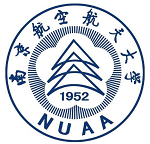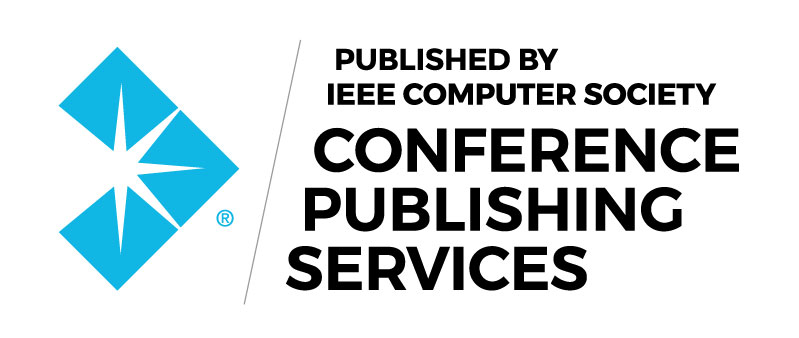Keynote Speakers/主讲嘉宾

Pro.Yusri Yusof, UNIVERSITI TUN HUSSEIN ONN MALAYSIA (UTHM), Malaysia
Research Area: manufacturing
Title: Malaysia Project Manufacturing Supporting IR 4.0
Transforming manufacturing industry from conventional based to digital based is
not a short-term process, with many industries having experienced significant challenges for decades to be more flexible, interoperable, adoptable, open and intelligent. Industry 4.0 is vision for the future, because it includes several features and appearances many types of complexities and challenges, including scientific challenges, technological difficulties, economic challenges, human problems, and political issues. This publication generally highlights the framework and strategies advancement of IR 4.0 and its effect on CNC’s world. Generally, the developments of these kinds of systems are high in cost. The commercial CNC systems, based on IR 4.0 using personal computers as it platform, provides wide options for the use of third party hardware and software. Overall, the combination of virtual component technology from both software and hardware with STEP has highlighted numerous field of research which led to the opening new doors for further improvement and contributions for preparing Malaysia towards IR 4.0.

Prof. Qingsheng Zeng, Nanjing University of Aeronautics and Astronautics, China
Research Area: Communication and Electronic Systems, Noise Measurement and Modeling, Antenna Analysis and Design, Electromagnetic Compatibility and Electromagnetic Interference, Uwb Technology, Radio Wave Propagation, Computational Electromagnetics
Title: Some considerations and studies on electromagnetic modelling for a ship environment
Electromagnetic modelling for a ship environment is essential to analyze and solve problems of electromagnetic compatibility (EMC), but full of challenges due to the following reasons. Firstly, exact models of the directional antennas are not widely available either because of their complexity or due to proprietary information. Secondly, without knowing the antenna internal geometries and being only provided with limited information, coupling calculations between antennas may be a complex task, especially when far-field approximations are invalid. In addition, the majority of the current analyses are based on all of the obstructions and transmitters located in the far-field of the receive antenna, which is not generally the case in a ship environment. In this report, the problems and challenges for electromagnetic modelling for a ship environment are discussed, the ways and solutions to solve these problems and meet the challenges are explored, some developed technique is introduced, and the explanation, verification examples and shipboard applications of the technique are provided.

Prof. Qizhou Hu, Nanjing University of Science and Technology, China
Research Area: Road safety, traffic engineering, rail engineering
Title: Design Concept and Management Method of High-speed Railway
It explains the concept and terminology, basic principle, design concept, composition and structure of highspeed rail (HSR), and expounds the connotation and management method of HSR from two different aspects of theory and technology.
The conceptand terminology of HSR. It mainly interprets the relevant terminologies, birth conditions and development conditions of 3 kinds of HSR (The first kind is Wheel Highspeed Rail (WHSR), the second kind is Magnetic High-speed Rail (MHSR) and the third kind is Super-speed Rail (SSR)), particularyly including the parameters definition and velocity classification for all kinds of HSR.
The design concept of HSR. It mainly expounds the design concept of HSR from the angles of "dot, line and aspect". The design concepts of "dot" are: The design concept of Highspeed train for dynamic dot and the design concept of Highspeed railway station for static dot. The design concepts of "line" are mainly the design concept of classic (traditional) HSR. The design concepts of "aspect" are mainly the design method of railway network, like the "Four vertical and four horizontal" HSR network and the "Eight vertical and eight vertical" HSR network in China.
Conference Menu
Indexing Information
Contact Us
Dr. Mai | 麦老师
![]() ICECTT@163.com
ICECTT@163.com
![]() 020-29071473
020-29071473
![]() 86-13922151732
86-13922151732
![]() 13922151732
13922151732
![]() 1465084071
1465084071
![]() 815234922(QQ群)
815234922(QQ群)






